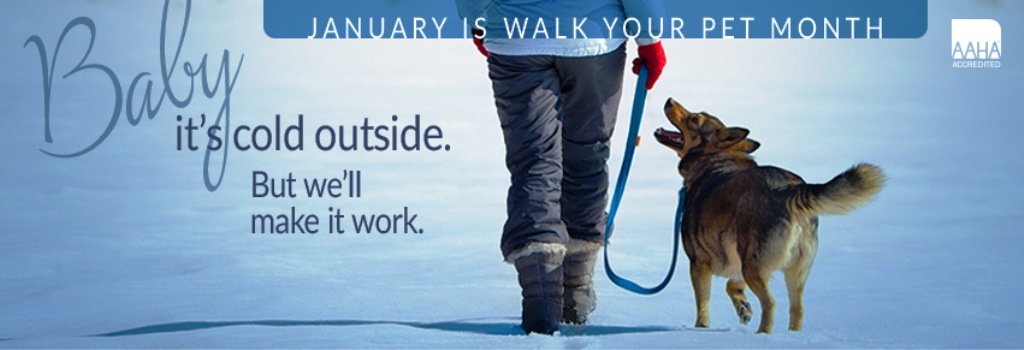
In the winter months, your objective as a caretaker is to keep your animals safe and warm while minimizing the risk of accident or injury.
Most animals that are housed outside will develop a thick winter coat, but animals cannot suddenly be expected to tolerate the cold. They must be acclimatized by living outside in the fall (from at least September) to allow their coat time to develop. Assuming a thick coat from natural acclimatization, shelters are provided to give animals a relief from extreme wet and/or cold weather, especially a biting wind.
All animals should be given fresh water and should not be expected to survive by eating snow for their fluid intake. Think of sucking on an ice cube—a great feeling on a hot summer day, but imagine it being cold weather and eating snow or ice to stay hydrated. Heated water troughs and bowls can be found at any animal supply company.
Dogs and Cats
In Alberta frostbite is very common in dogs and cats. The biggest risk areas are the tips of cats’ ears and the ears of short-haired breeds of dogs.
Cats
- Many cats are quite happy to use a little box when the weather becomes cold. Generally, coats are not recommended because of cat behaviours of climbing/jumping etc and the coat could easily be snagged on a fence. Besides, their personality is such that they would want the coat off immediately just on principle!
- The risk for cats is finding a nice warm cozy spot under the hood of your car. Many people give the hood of their vehicle a rap before starting the engine.
Dogs
- Coats and boots are a good idea, especially for young and old, low to the ground (think basset or dachshund) or those suffering from chronic diseases such as diabetes.
- Coat and boots are not necessary if going outside for a quick bathroom break or a short brisk walk.
- If your dog doesn’t like wearing boots, apply petroleum jelly or paw wax to its paws before going for a walk. This will protect the paws from road salt or de-icer. Trimming the hair between the toes can also help in not collecting as much salt/ice.
- If you dog lives outside, watch for shivering or reluctance to come out of the dog house. When the temperature reaches -25C dogs and cats shouldn’t be outside even with a great dog house, except for brief bathroom breaks. Animals that are outside for the majority of the day will use more calories so their nutritional calories should be increased.
